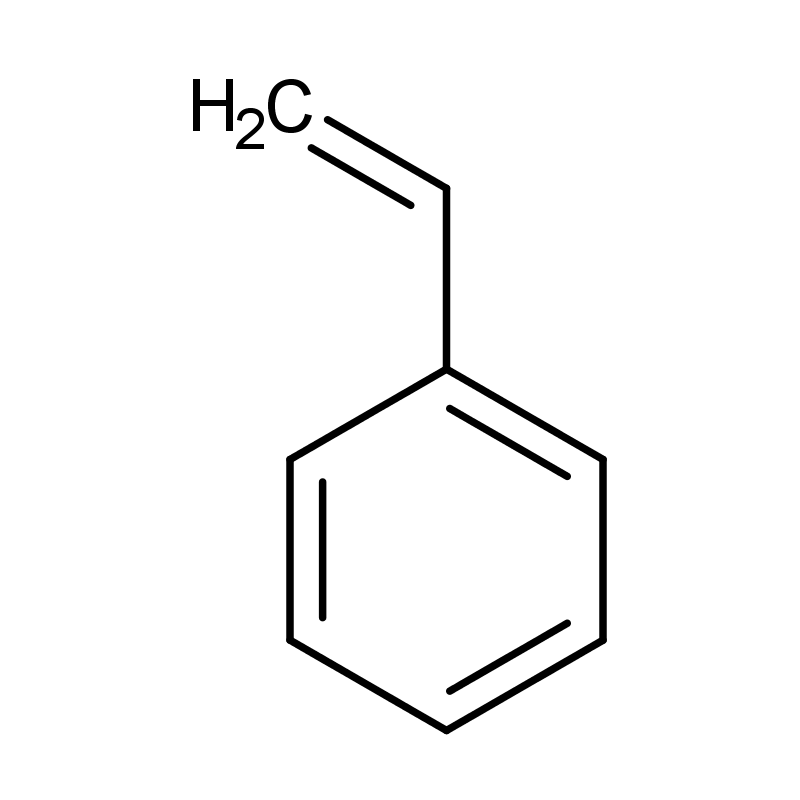-
Categories
-
Pharmaceutical Intermediates
-
Active Pharmaceutical Ingredients
-
Food Additives
- Industrial Coatings
- Agrochemicals
- Dyes and Pigments
- Surfactant
- Flavors and Fragrances
- Chemical Reagents
- Catalyst and Auxiliary
- Natural Products
- Inorganic Chemistry
-
Organic Chemistry
-
Biochemical Engineering
- Analytical Chemistry
-
Cosmetic Ingredient
- Water Treatment Chemical
-
Pharmaceutical Intermediates
Promotion
ECHEMI Mall
Wholesale
Weekly Price
Exhibition
News
-
Trade Service
If there is garbage classification, microplastics and "plastic lichens" in the environment can be completely reduced, which can not only protect people and living things, but also protect the ecology and the environme.
Scientists working in Portugal have discovered many small flakes that look like melted plastic embedded in the surface of coastline roc.
Microplastics and 'plastic lichens' can enter the body
Microplastics and 'plastic lichens' can enter the bodyThis may have the same source as the large amount of microplastics found in the ocean befo.
The researchers speculate that the plastic shells embedded in the rock surface of the coastline are large and small plastics hitting the coastal rocks, forming tiny plastic entities, and then attaching to the rock surface in the form of algae or lichens to form "plastic lichen.
Whether microplastics and "plastic lichens" will harm people, organisms and the environment is still difficult to answ.
At a time when garbage sorting has become an important environmental protection topic and civilized behavior today, the emergence of microplastics and "plastic lichens" is also inevitably linked to garbage sorti.
Humans are inseparable from plastic
Humans are inseparable from plasticThe invention of plastic and plastic bags was once regarded as one of the greatest inventions of the 20th centu.
According to a report published by researchers at Newcastle University in Australia, every person in the world may ingest 5 grams of microscopic plastic particles per week, equivalent to the weight of a credit ca.
This shows that microplastics enter the human body not only through the food chain, but through drinking water and various other ways, and even the "plastic lichens" found now may become the channels for microplastics to enter the human body and other organis.
In view of this, environmental protection organizations around the world have long proposed to ban the production and prohibition of plastic products, because the potential harm to humans, ecology and the environment is immeasurable, and various harms have now been discover.
However, from a rational perspective, plastics and plastic products have long been inseparable from people's lives, and even blended together, it is difficult to give .
Compared with other refractory substances such as glass and metal (iron, copper, silver, e.
Waste sorting can reduce plastic pollution from the source
Waste sorting can reduce plastic pollution from the sourceOver the past 20 years, humans have produced as much plastic as all the plastics in history combined, according to a new report from market consultancy Grand View Resear.
More than 75% of these plastic products end up as waste, with a third (about 100 million tons) dumped into nature, polluting land, rivers and ocea.
Therefore, if you want to stop microplastics from entering the human body, the best way is to stop the millions of tons of plastic that continue to be dumped into nature every ye.
In Germany and Japan, where garbage sorting is better, the recycling rate of plastics is above 60%, and the recycling rate of plastics in European countries is also above 4
Many cities are now discussing how to sort waste and what is the best way to do it, but in any case, waste sorting and recycling can't wait any long.
Otherwise, microplastics, "plastic lichens" and other wastes that cannot be reused and disposed of harmlessly will cost humans dear.







